Intended Use
The Gladiator Cargo Net is intended to be used in or on any vehicle transporting cargo from one place to another. It provides safety for drivers, passengers and others on roadways and highway. The Gladiator Cargo Net can be easily applied to any vehicle exterior or interior; truck or trailer bed, cabin interior, boat, aircraft and exterior cargo rack systems. The Gladiator Cargo Net is designed to contain most loads if the vehicle is in a collision, where small and large items could be dislodged. It reduces cargo related accidents, driver liability, unnecessary risk and potential lawsuits. The Gladiator Cargo Net helps to protect our environment by not allowing items to escape during high winds or evasive maneuvers.

WARNINGS
OVERLOADING Webbing restraint systems should not be overloaded by using mechanical aids such as levers or bars (cheater bars) unless they are designed for use with the webbing restraint system.
STABILITY OF LOAD Care should be taken to ensure that the stability of the load is independent of the webbing restraint system and that the release of the webbing restraint system will not cause the load to shift, thus endangering personnel. If necessary, attach more straps for further support to the load before releasing the tensioning device in order to prevent accidental falling.
LIMIT OF TWIST Webbing restraint systems should not be used when knotted, and twisting of the webbing is prohibited; however, a half turn is allowable to prevent vibration and flapping.
PROTECTION The webbing restraint system should be protected against friction, abrasion and damage from loads with sharp edges, use protective sleeves, blankets or corner protectors.
WITHDRAWAL AND REPAIR Webbing restraint systems should be withdrawn from service and replaced or returned to the manufacturer for repair if they show the following signs of damage:
(A) Webbing tears, cuts, nicks or abrasions in load-bearing fibers retaining stitches exceeding 10%, and deformations resulting in exposure to heat.
(B) End fittings and tensioning devices with deformations, cracks, pronounced signs of wear or corrosion. Only the manufacturer should carry out repairs on webbing restraint systems and webbing. Any identification labels should be repaired.
EXTENDING THE USEFUL LIFE
The life of lashing webbing and components can be extended by observing the following:
(A) Care and maintenance
(i) Never heat or heat treat the lashing components.
(ii) Lightly oil the lashing components prior to prolonged storage.
(iii) Store the lashing webbing and components in a clean dry place.
(iv) Keep the tie-down as clean as possible and the ratchet free from dirt.
(v) If contaminated with oil, fuel or acid, remove with hot soapy water.
(vi) If contaminated with alkali, rinse thoroughly in cold water as soon as possible. Do not allow the webbing to dry out before rinsing in water.
(vii) If the ratchet mechanism becomes stiff in use, a small amount of lubricant applied to the moving parts will ease operation.
(B) Use
(i) Ensure that the lashing webbing or components are free of any significant damage or wear.
(ii) Avoid throwing from heights or leaving on the ground where vehicles may damage the metal fittings.
(iii) Do not twist or knot the webbing.
(iv) Use protective sleeves or other packing material to protect the webbing if it passes over sharp edges or rough surfaces. (v) Ensure the lashing webbing restraint system is evenly applied before tightening.
(vi) When the lashing webbing is tensioned, ensure the force applied does not exceed the manufacturer’s or suppliers recommendations.
(vii) Ensure that there is even tension on all attachment webbing straps.
MAINTENANCE
It is important that all components of the webbing restraint system should be examined regularly by the users prior to use. If there is any doubt about serviceability of the system, it should be withdrawn from use and examined.
Take note of the following guidance:
(A) If necessary, the lashing webbing and components should be cleaned before they are inspected.
(B) The complete webbing system should be individually inspected for any signs of wear, twisting or stretching.
(C) Clearly mark the faults on all webbing restraint systems that have been withdrawn from service for evaluation.
(D) Any damaged webbing restraint system which cannot be repaired should be destroyed.
The manufacturer is NOT responsible for the attachment or the installation of this product. It neither guarantees, nor will be liable for damage resulting from this product. Failure to use this product properly may cause cargo to shift or drop from vehicle, which may result in substantial property damage and or serious injury or death. Do not use this product if any hardware is defective, webbing cut, frayed.
For technical assistance call (916) 386-4271.

